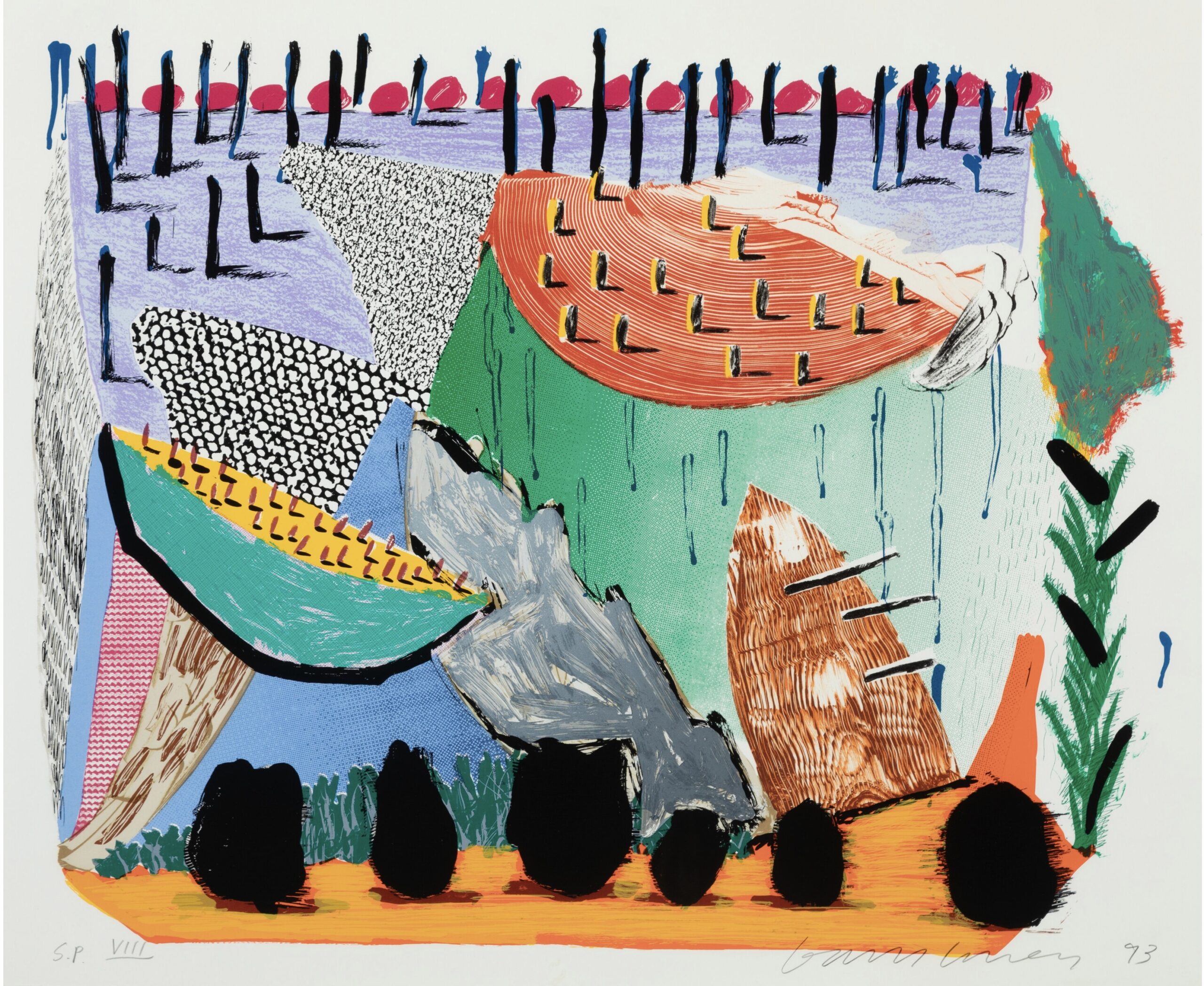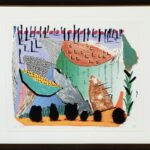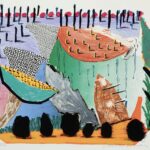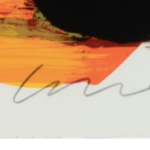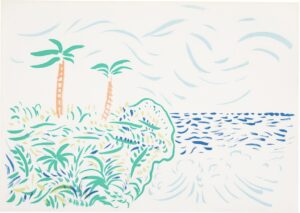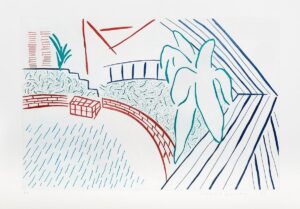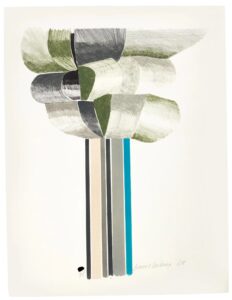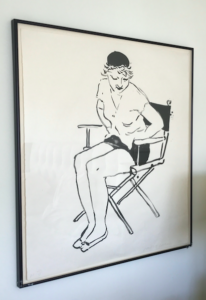Slow Rise, 1993
Signed and dated in pencil, numbered from an edition of 68 (there were also fourteen artist's proofs), published by Gemini G.E.L., Los Angeles, with their blindstamps
25 x 30 ½ inches (63.5 x 77.5 cm.)
All works are inspected prior to delivery, work will be sent out tracked and insured at buyers cost. If you'd like to make specific arrangements or discuss collection then please contact us directly.
Accepted: Wire transfer
ART PLEASE Assurance Policy: Every ART PLEASE seller has been approved by ART PLEASE after a thorough review. All of our sellers are required to accept the following ART PLEASE policy: A buyer may return an item purchased through ART PLEASE, if the item received is not as described in its listing, or is found to be unauthentic.
David Hockney, one of the most influential British artists of the 20th century, is celebrated for his vivid exploration of landscapes, portraits, and still life. His work often combines a sense of intimacy with vibrant color and an inventive approach to perspective. Throughout his career, Hockney experimented with various media, from painting and photography to printmaking, each allowing him to reinterpret and layer scenes with depth and clarity. His interest in capturing light and atmosphere, often inspired by his adopted home of California, led to groundbreaking pieces that blend realism with a sense of abstraction, as seen in his work Slow Rise from 1993.
Slow Rise is a lithograph and screenprint in colors on Arches 88 paper, measuring 25 by 30 ½ inches. Created in an edition of 68, with an additional fourteen artist’s proofs, the piece is signed and dated by Hockney and published by Gemini G.E.L. in Los Angeles, with the studio’s distinctive blindstamps. This print exemplifies Hockney’s skillful use of color and form, suggesting a calm, upward motion in its layered composition. The print’s rhythmic lines and rich hues evoke a contemplative sense of movement, inviting viewers to engage with both the physical rise and the quiet emotional elevation captured in the piece. This work, like much of Hockney’s, embodies his ability to merge technical mastery with a deeply personal vision of the world around him.


